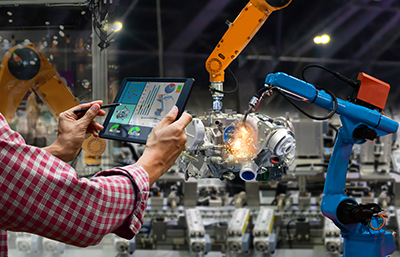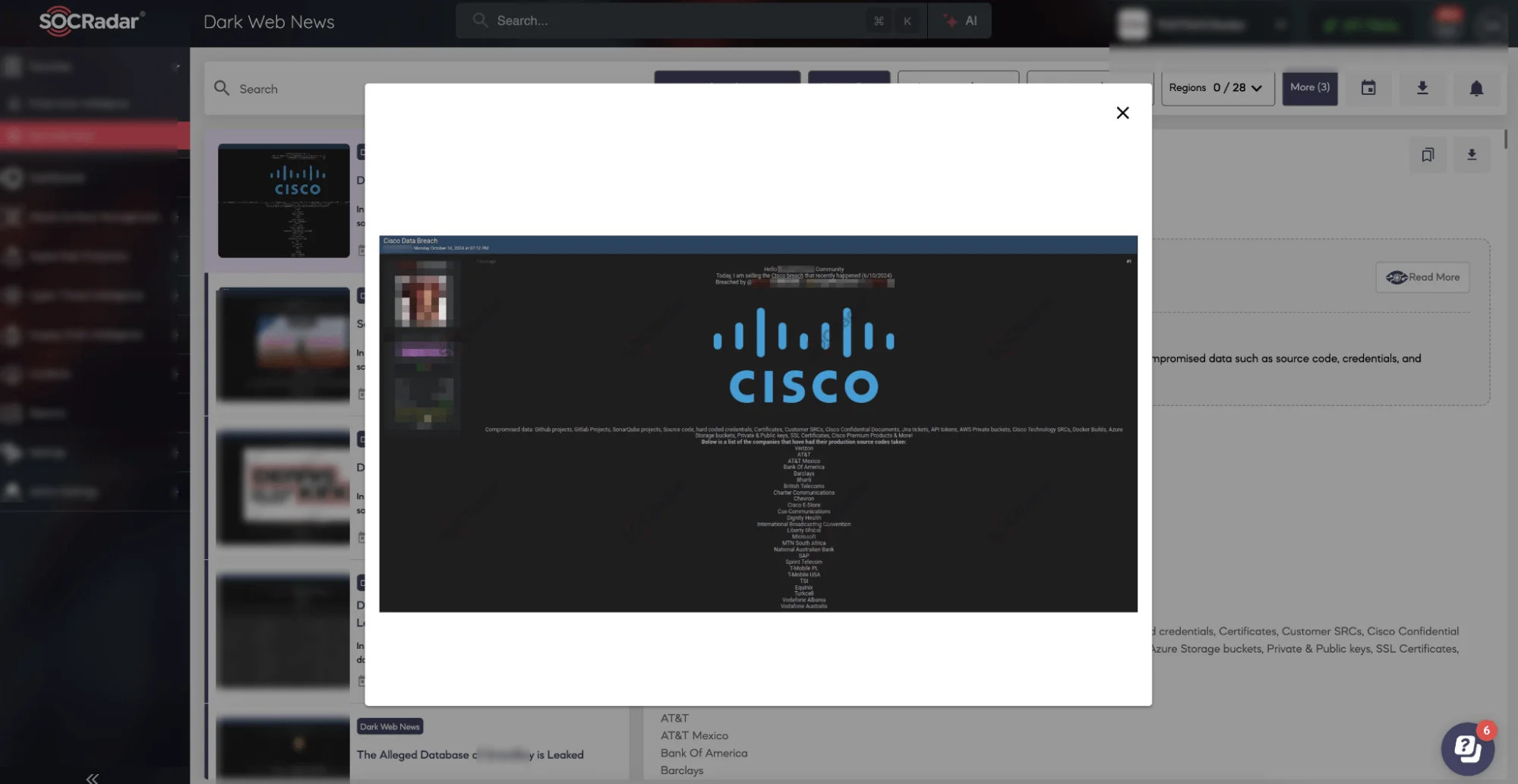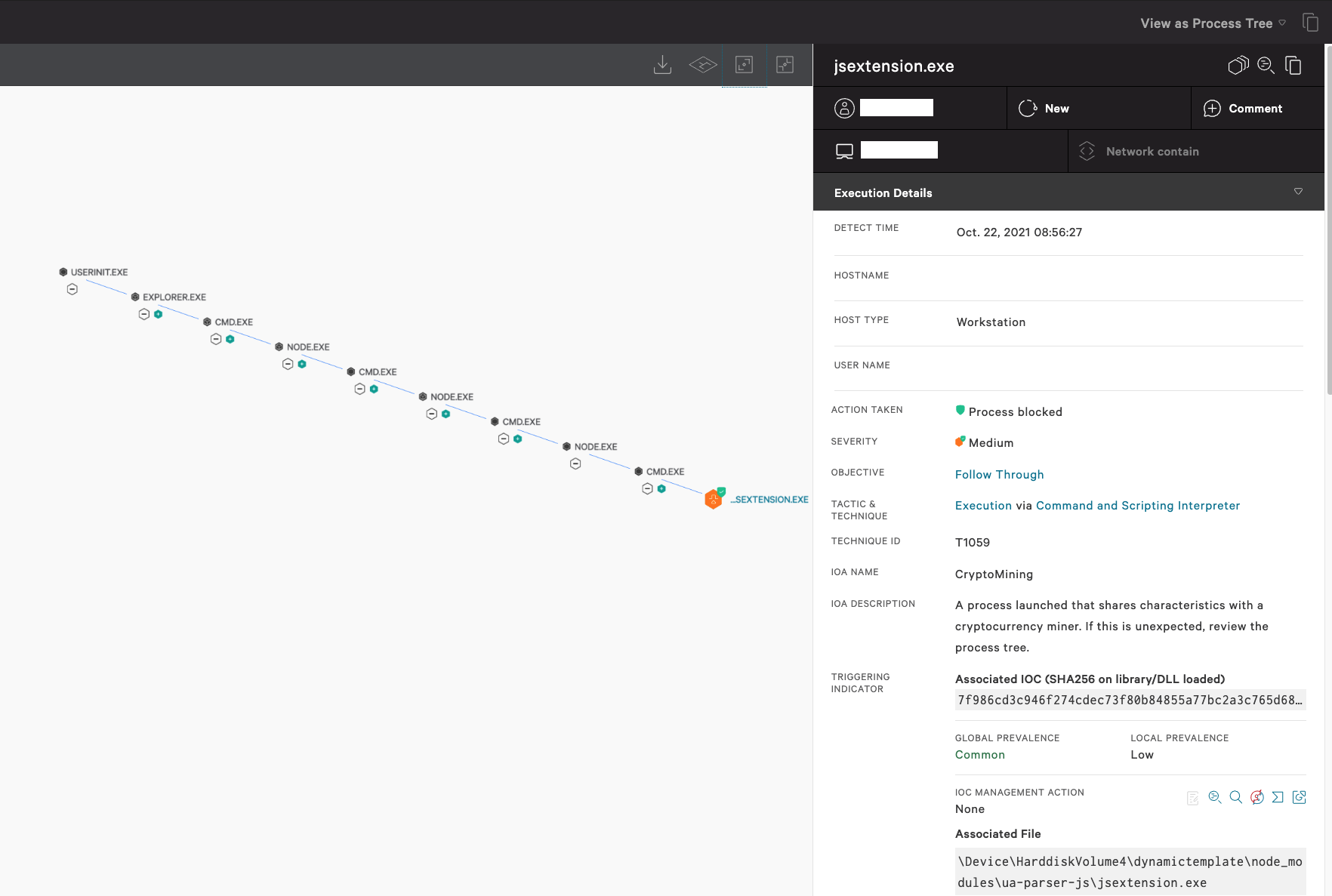Luma and Runway Bet Big on Robotics: The Future of AI Revenue

Luma and Runway Bet Big on Robotics: The Future of AI Revenue
The AI revolution is extending beyond our screens and into the physical world. Luma and Runway, two prominent AI video technology companies, are making significant strides into the robotics industry, signaling a major shift in how AI is being utilized and monetized. This move highlights the growing potential of robotics as a key revenue driver for AI companies.

Training an Industrial Robot Using AI | A3
Luma and Runway's Robotics Ambitions
Luma and Runway are leveraging their expertise in AI to develop robots that can "see and understand" the world around them. This involves creating sophisticated 3D AI world models that enable robots to interact with their environment more effectively. According to TechCrunch, Luma announced plans in early 2024 to build these models, aiming to give robots the ability to perceive and react to their surroundings.
Runway executives have also emphasized the potential of their AI models in enabling robots to perform complex tasks. This pivot into robotics represents a strategic move to diversify revenue streams and capitalize on the growing demand for automation across various industries.
The Revenue Potential of AI-Powered Robotics
The robotics industry is experiencing substantial growth, driven by the increasing need for automation in sectors such as manufacturing, agriculture, and logistics. Exploding Topics reports that the robotics industry generates billions of dollars in revenue worldwide each year. The demand for various types of robots, from industrial robots to cobots and domestic robots, is fueling this growth.
Specifically, agricultural robotics is projected to reach USD 2.26 billion by 2029, growing at a CAGR of 8.54% from 2024. This indicates a significant opportunity for companies like Luma and Runway to tap into specialized markets with AI-driven robotic solutions.
In the retail sector, commercial robot revenue is expected to grow significantly, with companies like Zebra Technologies and Simbe Robotics already providing automation solutions for inventory scanning, floor care, and security. This further illustrates the diverse revenue opportunities within the robotics industry.
Broader Implications and the Future of AI
Luma and Runway's move into robotics reflects a broader trend in the AI industry: the maturation of generative AI technologies beyond consumer-facing entertainment. As AI models become more sophisticated, they are finding applications in industrial and commercial settings, driving efficiency and innovation.
This shift also highlights the importance of AI in enabling robots to perform more complex and autonomous tasks. By providing robots with the ability to "see" and "understand" their environment, AI is unlocking new possibilities for automation and creating new revenue streams for AI companies.
Key Takeaways
- Luma and Runway are entering the robotics market, aiming to leverage their AI expertise for revenue generation.
- The robotics industry offers significant revenue potential, driven by the increasing demand for automation.
- AI is playing a crucial role in enabling robots to perform complex tasks and interact with their environment.
- This trend reflects the broader maturation of AI technologies and their expanding applications in various industries.
References
- TechCrunch: Luma and Runway expect robotics to eventually be a big revenue driver for them
- BitcoinWorld: AI Video Giants Unleash Ambitious Robotics Revenue Plans
- Zamin.uz: Robotics could be the next big thing for Luma and Runway
- Exploding Topics: 39+ Robotics Industry Stats & Trends (2024)
- Sci-Tech Today: Agricultural Robotics Statistics By Revenue And Country (2025)
- Logistics Outlook: Commercial robot revenue in retail stores to grow...
- Automate.org: Engineer-touch-screen-control-robot-the-production-BLOG.jpg





